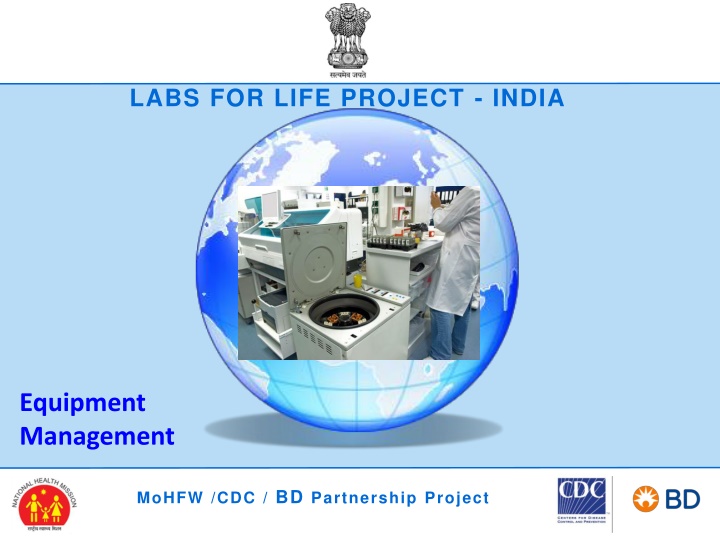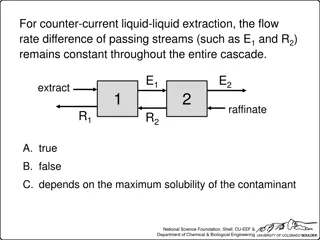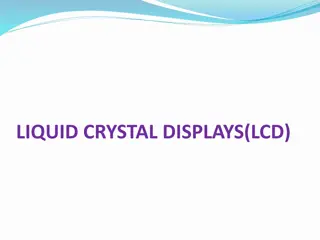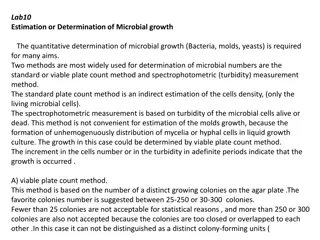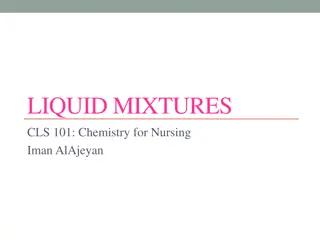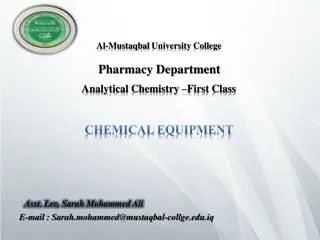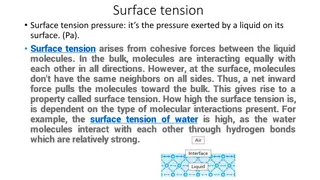Pipettes: Precision in Liquid Measurement
Pipettes are essential tools for accurate liquid transfer in clinical laboratories. Learn about the types of pipettes, correct usage, operational tips, and maintenance practices. Ensure precision and cleanliness for reliable results.
Download Presentation

Please find below an Image/Link to download the presentation.
The content on the website is provided AS IS for your information and personal use only. It may not be sold, licensed, or shared on other websites without obtaining consent from the author.If you encounter any issues during the download, it is possible that the publisher has removed the file from their server.
You are allowed to download the files provided on this website for personal or commercial use, subject to the condition that they are used lawfully. All files are the property of their respective owners.
The content on the website is provided AS IS for your information and personal use only. It may not be sold, licensed, or shared on other websites without obtaining consent from the author.
E N D
Presentation Transcript
LABS FOR LIFE PROJECT - INDIA Equipment Management MoHFW /CDC / BD Partnership Project
Pipettes Volumetric Measurement Equipment Equipment used to measure and transfer small volume of liquid from one container to another with high precision and accuracy Pipettes are widely used in Clinical laboratories MoHFW /CDC / BD Partnership Project
Types of Pipettes Fixed Volume Pipettes Manufactured to dispense only fixed volume of liquid. Fixed Volume Pipettes are of two types: Air Displacement Pipettes: There is a volume of air between the piston and the liquid Positive Displacement Pipettes: The piston is in direct contact with the liquid Variable Volume Pipettes Allow adjustment of the volume dispensed within a determined range. Volume adjustment is achieved by modifying the range of the piston s movement inside the plunger MoHFW /CDC / BD Partnership Project
Types of Pipettes Air Displacement Pipettes Present less risk of contamination Useful for general clinical lab use Not good for viscous and volatile liquids Positive Displacement Pipettes High risk of contamination Are more precise than air displacement for smaller volumes Could be used for viscous and volatile liquids Most of pipettes used in Clinical Laboratories are air displacement type. Use disposable tips for minimizing risks of contamination. Exclusively use tips provided by the manufacturer Recently Pipettes with electronic controls are also available MoHFW /CDC / BD Partnership Project
Correct Use of Pipettes MoHFW /CDC / BD Partnership Project
Important operational tips Always follow manufacturer s instructions for use and care of pipettes When not in use, always store pipettes upright in a stand. Never leave a pipette on its side with tip attached containing fluid. Keep the pipette clean, particularly the nozzle. Every few months, depending on usage, arrange for the pipette to be checked for accuracy and precision. Do not use a tip unless it forms a complete seal with the pipette. In variable volume pipettes, the volumes set should be within the limits of operation. Otherwise piston could jam. MoHFW /CDC / BD Partnership Project
Maintenance of Pipettes Daily Maintenance Specialized Maintenance (Follow manufacturer s instructions) Verify that adjustment mechanisms move smoothly Disassemble the pipette using manufacturer s instructions and tools Confirm no distortions or signs of being worn out of tip holder Clean the O ring, plunger and cylinder and change if needed Attach a tip and fill it with distilled water. The pipette must not show any leakage Lubricate the plunger and piston using silicone grease approved by manufacturer Verify that the pipette is clean, if not, it must be cleaned using a suitable solvent or a mild detergent solution Reassemble the pipette Document the cleaning process. Recalibrate the pipette after such maintenance MoHFW /CDC / BD Partnership Project
